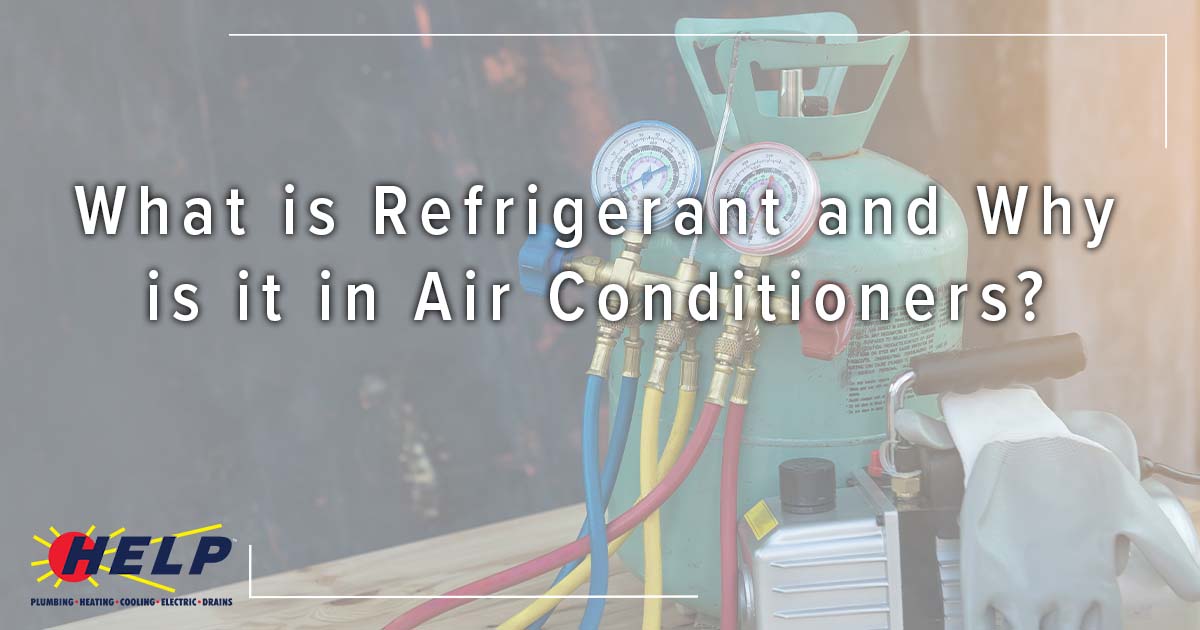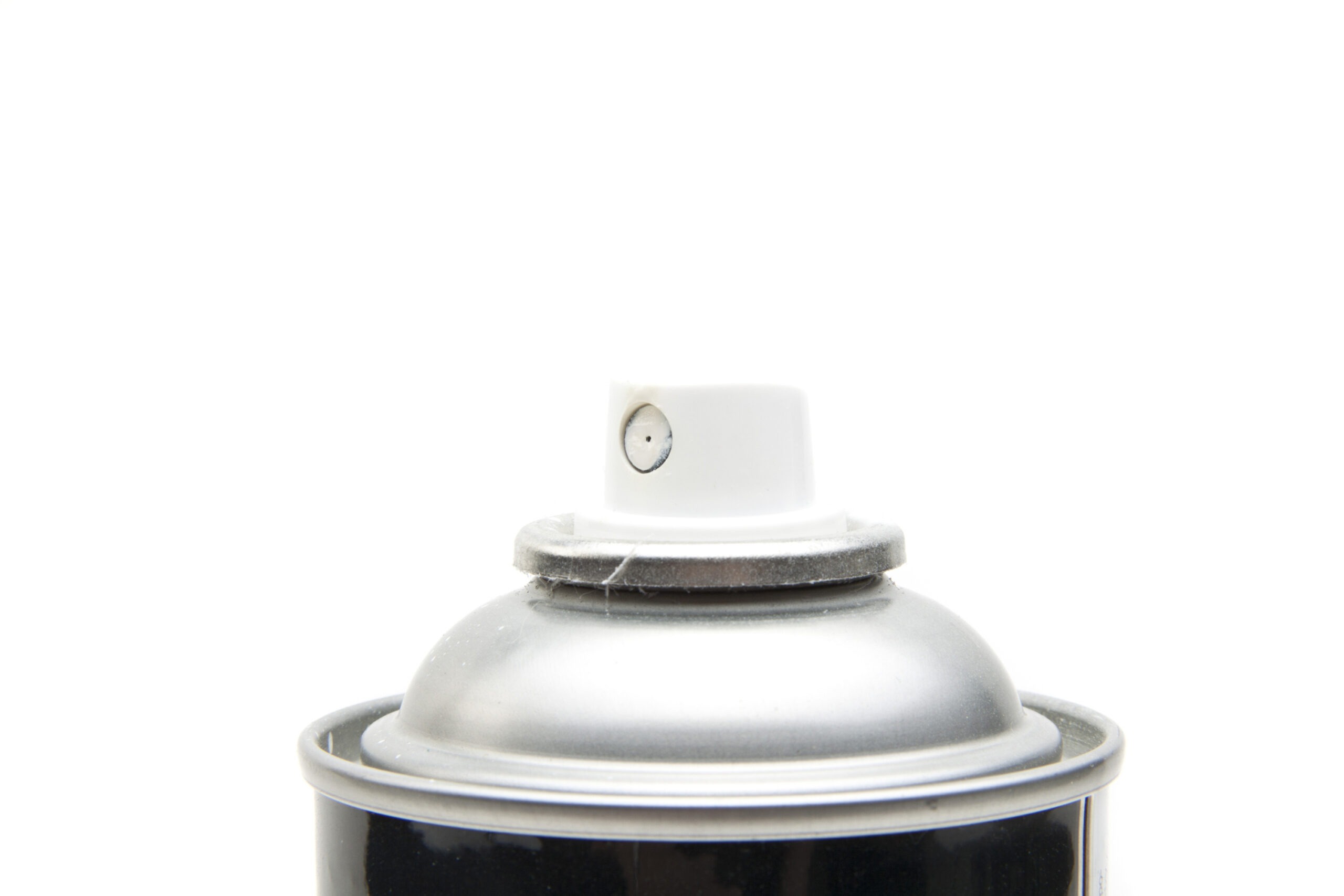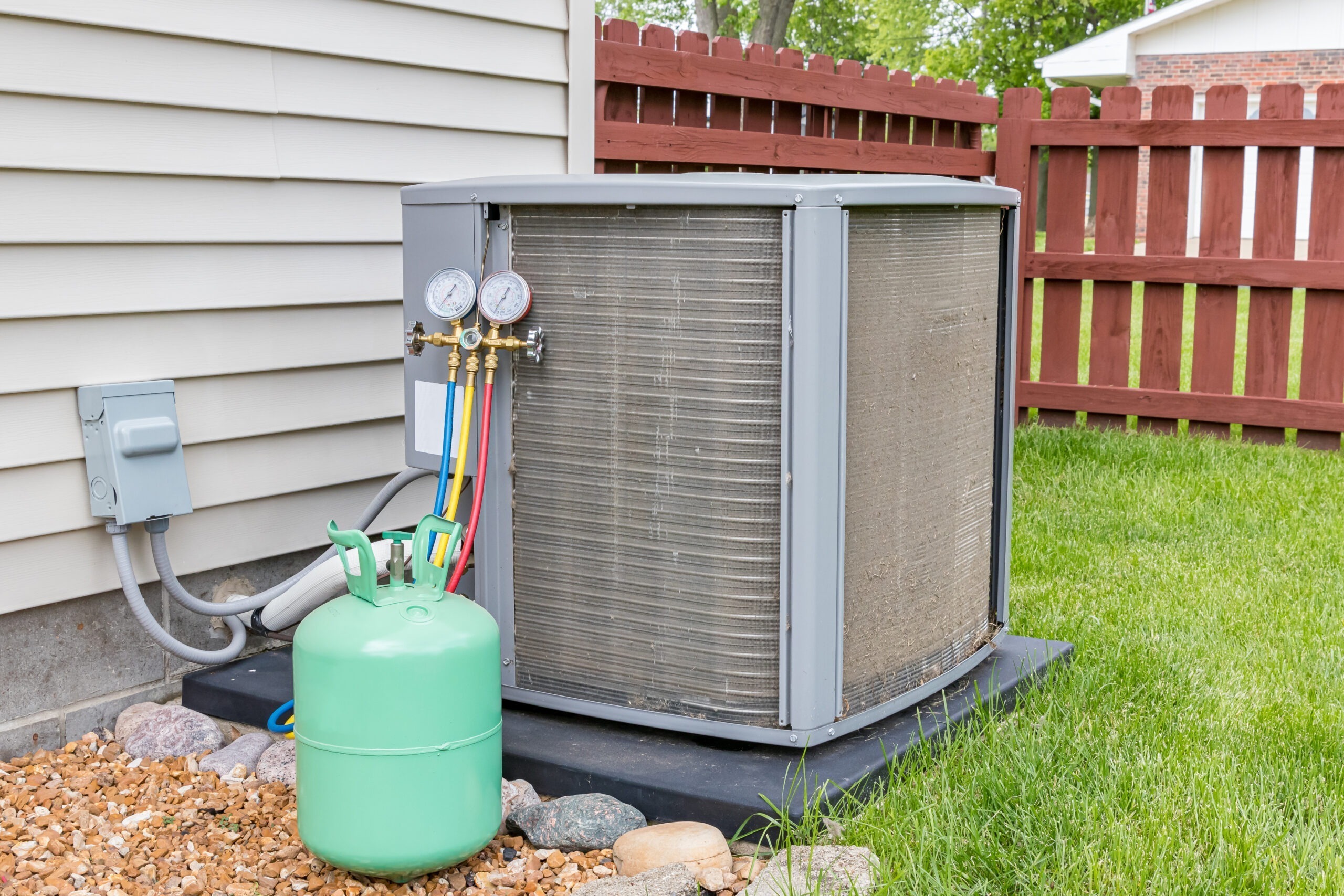
For several generations, households have enjoyed the comforts provided by air conditioning. The AC refrigerant inside the air conditioner is responsible for the comforts more than the AC itself. Here we’ll share what refrigerant is, different types used in AC systems, how refrigerant works, and signs your AC may have a leak.
What is Refrigerant?
It’s the chemical compound found in all air conditioners. Refrigerants can change forms, from liquid to gas and back to liquid, which helps it remove heat and humidity from the air. This creates the cooling effect everyone expects from AC systems. However, refrigerants used in air conditioners aren’t interchangeable which means if your system needs to be refilled, you have to use the same refrigerant.
What are the different types of refrigerants?
Since its inception in the late 19th century, refrigerants have evolved thanks to research and development aimed at providing the most comfort with the highest efficiency. Here we talk about four common types used in air conditioners through the years.
Chlorofluorocarbons (CFCs)
Developed for use in air conditioners in 1928, CFCs, or R-12, were the go-to refrigerant for many years. However, during the 1980s, it was discovered CFCs such as R-12 refrigerant, were playing a major role in the ozone layer breakdown and creation of greenhouse gasses. Because of this, R-12 refrigerant was phased out before its eventual banning in 1994.

R22 Refrigerant
Frequently called Freon(™), R-22 refrigerant was an updated version of R-12, featuring a hydrogen atom in its chemical makeup. The addition of the hydrogen atom was thought to make it more environmentally friendly, but R-22 also caused ecological degradation that was eventually deemed unacceptable. Many AC systems built and installed in homes before 2010, when R-22 was banned in new systems, use the refrigerant. This creates an issue if the refrigerant needs recharged as the United States only has a limited and now expensive supply to use.
R410A Refrigerant
New air conditioners built in 2010 and later are usually charged with R-410A refrigerant, or Puron as it’s commonly known. As noted, AC refrigerants have evolved over time, such as Puron being chlorine-free. Plus, its higher heat absorption and release rate makes it more efficient than R-22. R-410A features a higher fluidity when changing chemical states, allowing the air conditioner to cool a home more quickly.
R-32 Refrigerant
One of the newest AC refrigerants in use, R-32 has two-fold benefits. First, it’s significantly more environmentally friendly than R-410A — with a 32% lower Global Warming Potential. Then, this refrigerant saves homeowners money by cutting energy bills by 10% thanks to the AC system using less of it.
How Does Refrigerant Work?
At its core, refrigerant works by changing its physical state. Starting in the air conditioner compressor, the refrigerant changes from its liquid form to a high-temperature, high-pressure gaseous form. The gas flows into the condenser, releasing its stored heat, creating condensation. This also causes the gas to shift into a low-pressure form. The refrigerant flows back into the indoor unit and evaporates as it contacts warm air, until it becomes liquid again. It’s through the final evaporation that the known cool air is created.
AC is on, but no cool air is coming out
If a refrigerant leak is responsible, it’s usually sudden that the AC is running but not producing cool air. Remember that refrigerant leaks can take time to appear and, in the meantime, the system will work harder to produce cool air with a dwindling supply of refrigerant.

Coils are Frozen
Although frozen evaporator coils can be caused by a clogged air filter, a low refrigerant level may be responsible if the air filter is fine. If the coils freeze, there’s a chance the entire air conditioner shuts down and won’t restart until the refrigerant is recharged.
You hear a hissing sound coming from the AC
Since refrigerant is pressurized inside the air conditioner, if it begins to leak through a crack, tear, or another kind of opening, it may make a hissing sound.
You haven’t had a tune-up in a while
Preventive maintenance through AC tune-ups is the best way to stop a refrigerant leak before it starts. These appointments are crucial to the health of your home’s air conditioner as the system ages and becomes prone to breakdowns from wear and tear on the internal parts.

How Can I Fix a Refrigerant Leak?
Call a reliable HVAC company. Refrigerant is toxic to humans and animals, with ingestion, inhalation, and/or contact with the liquid causing a range of medical issues, from dizziness to seizures. HVAC technicians have the training and tools to appropriately fix the leak and recharge the system for further use.
Air conditioners are a part of everyday life for millions of homes thanks to refrigerant and the continual advances made to its development.
HELP Plumbing, Heating, Cooling and Drains provides professional AC refrigerant leak repair and full HVAC services. Contact us today to schedule an appointment!


